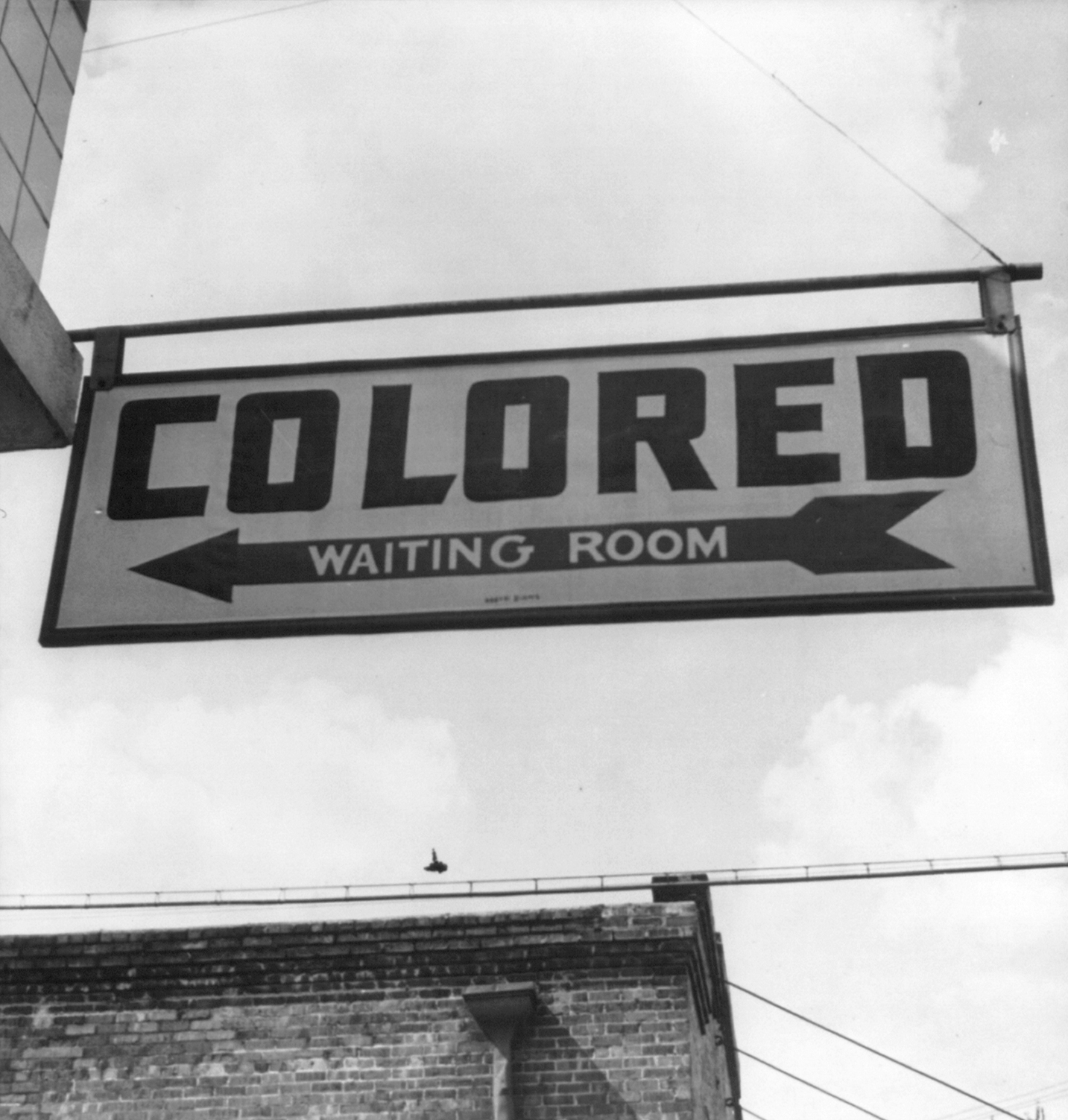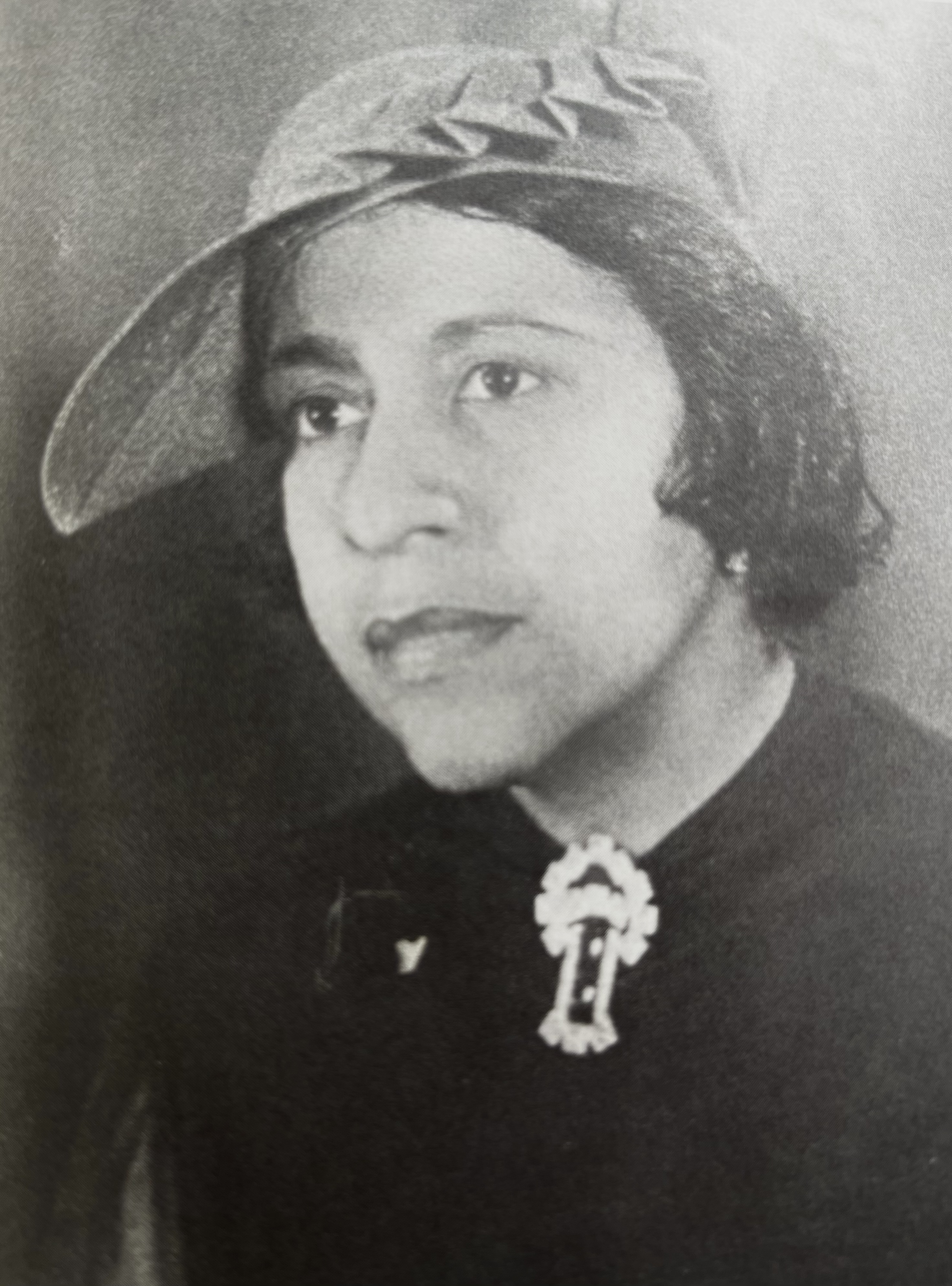|
Evelyn Preer
Evelyn Preer (née Jarvis; July 26, 1896 – November 17, 1932), was a pioneering American stage and screen actress and jazz and blues singer of the 1910s through the early 1930s. Preer was known within the black community as "The First Lady of the Screen." She was the first black actress to earn celebrity and popularity. She appeared in ground-breaking films and stage productions, such as the first play by a black playwright to be produced on Broadway, and the first New York-style production with a black cast in California in 1928, in a revival of a play adapted from Somerset Maugham's ''Rain''. Early life Evelyn Jarvis was born in Vicksburg, Mississippi on July 26, 1896. After her father, Frank, died prematurely, she moved with her mother, Blanche, and her three other siblings to Chicago, Illinois. She completed grammar school and high school in Chicago. Her early experiences in vaudeville and "street preaching" with her mother are what jump-started her acting career. ... [...More Info...] [...Related Items...] OR: [Wikipedia] [Google] [Baidu] |
Vicksburg, Mississippi
Vicksburg is a historic city in Warren County, Mississippi, United States. It is the county seat, and the population at the 2010 census was 23,856. Located on a high bluff on the east bank of the Mississippi River across from Louisiana, Vicksburg was built by French colonists in 1719, and the outpost withstood an attack from the native Natchez people. It was incorporated as Vicksburg in 1825 after Methodist missionary Newitt Vick. During the American Civil War, it was a key Confederate river-port, and its July 1863 surrender to Ulysses S. Grant, along with the concurrent Battle of Gettysburg, marked the turning-point of the war. The city is home to three large installations of the United States Army Corps of Engineers, which has often been involved in local flood control. Status Vicksburg is the only city in, and the county seat of, Warren County, Mississippi, United States. It is located northwest of New Orleans at the confluence of the Mississippi and Yazoo rivers, and ... [...More Info...] [...Related Items...] OR: [Wikipedia] [Google] [Baidu] |
Sylvia Sidney
Sylvia Sidney (born Sophia Kosow; August 8, 1910 – July 1, 1999) was an American stage, screen and film actress whose career spanned over 70 years. She rose to prominence in dozens of leading roles in the 1930s. She was nominated for the Academy Award for Best Supporting Actress for her performance in '' Summer Wishes, Winter Dreams'' in 1973. She later gained attention for her role as Juno, a case worker in the afterlife, in Tim Burton's 1988 film ''Beetlejuice'', for which she won a Saturn Award as Best Supporting Actress. Early life Sidney was born Sophia Kosow in the Bronx, New York, the daughter of Rebecca (née Saperstein), a Romanian Jew, and Victor Kosow, a Russian-Jewish immigrant who worked as a clothing salesman. Her parents divorced by 1915, and she was adopted by her stepfather Sigmund Sidney, a dentist. Her mother became a dressmaker and renamed herself Beatrice Sidney. Now using the surname Sidney, Sylvia became an actress at the age of 15 as a way of overcomi ... [...More Info...] [...Related Items...] OR: [Wikipedia] [Google] [Baidu] |
Lulu Belle (musical)
''Lulu Belle'' is a hit 1926 musical directed by David Belasco. Spencer Williams was involved in the production of an adaptation with an African American cast. The 1948 film '' Lulu Belle'' was also adapted from the original musical. The play was written by Edward Sheldon and Charles MacArthur. The four-act play is set in San Juan Hill (an African American section on Manhattan's west side), Harlem, and Paris. One of the settings is a fictional Harlem nightclub called Elite Grotto. The lead roles of Lulu Belle and George Randall were portrayed by Lenore Ulric and Henry Hull in blackface Blackface is a form of theatrical makeup used predominantly by non-Black people to portray a caricature of a Black person. In the United States, the practice became common during the 19th century and contributed to the spread of racial stereo .... References External links * {{IBDB title, id=9996, title=Lulu Belle 1926 films 1920s musical films American musical films 1920s American f ... [...More Info...] [...Related Items...] OR: [Wikipedia] [Google] [Baidu] |
David Belasco
David Belasco (July 25, 1853 – May 14, 1931) was an American theatrical producer, impresario, director, and playwright. He was the first writer to adapt the short story ''Madame Butterfly'' for the stage. He launched the theatrical career of many actors, including James O'Neill, Mary Pickford, Lenore Ulric, and Barbara Stanwyck. Belasco pioneered many innovative new forms of stage lighting and special effects in order to create realism and naturalism.Osnes, Beth, and Gill, Sam. ''Acting: An International Encyclopedia'', ABC-CLIO (2001) p. 34Marker, Lise-Lone, ''David Belasco: Naturalism in the American Theater'', Princeton Univ. Press (1975) Early years David Belasco was born in 1853 in San Francisco, California, the son of Abraham H. Belasco (1830–1911) and Reyna Belasco (née Nunes, 1830–1899), Sephardic Jews who had immigrated to the United States from London's Spanish and Portuguese Jewish community during the California Gold Rush. He began working as a youth in a San ... [...More Info...] [...Related Items...] OR: [Wikipedia] [Google] [Baidu] |
Willis Richardson
Willis Richardson (November 5, 1889 – November 7, 1977) was an American playwright. Biography Willis Richardson was born on November 5, 1889 in Wilmington, North Carolina, a son of Willis Wilder and Agnes Ann (Harper) Richardson. His family moved to Washington, D.C., shortly after the Wilmington Riots of 1898. He attended public schools in Washington, DC including M Street High School (later Dunbar High School). While attending high school there, he was encouraged to write plays by Mary P. Burrill, one of his teachers and a playwright herself. Richardson worked as a "skilled helper" in the wetting division of the Bureau of Engraving and Printing beginning on 8 March 1911. On September 1, 1914, he married Mary Ellen Jones and they had three children: * Jean Paula Richardson (August 7, 1916–) * Shirley Antonella Richardson (April 29, 1918–) * Noel Justine Richardson (August 14, 1920–) In 1921, ''The Deacon's Awakening'' was Richardson's first play to ... [...More Info...] [...Related Items...] OR: [Wikipedia] [Google] [Baidu] |
The Chip Woman's Fortune
''The Chip Woman's Fortune'' is a 1923 one act play written by American playwright Willis Richardson. The play was produced by The Ethiopian Art Theatre and is historically important as the first serious work by an African American playwright to be presented on Broadway. Although Broadway had seen African American musical comedies and revues, it had never seen a serious drama. Characters ''Emma:'' Liza's daughter, 18 and beautiful ''Liza:'' Mother of Emma, struggling with her health ''Aunt Nancy:'' The “chip woman” who lives with Liza's family in their home ''Silas:'' Husband of Liza ''Jim:'' Son of Aunt Nancy Synopsis The play opens with Liza not feeling well and being taken care of by Aunt Nancy. Emma enters and is chastised by Liza for wearing makeup. Both Emma and Liza agree that Aunt Nancy has been a very helpful presence in the home, especially for Liza’s health. Liza explains to Emma that the Victrola has left the family in debt, and that Silas has been furloug ... [...More Info...] [...Related Items...] OR: [Wikipedia] [Google] [Baidu] |
Ethiopian Art Theatre
The Ethiopian Art Theatre — originally called the Chicago Folk Theatre, later the Colored Folk Theatre, also referred to as The Ethiopian Art Players — was an African American theatre company based out of Chicago, Illinois. The company was an influential albeit short-lived (1922/1923–1925) group founded during the Harlem Renaissance. There are differing views over the precise year that the company was founded, 1922 or 1923. The founder was Raymond O'Neil, a white theatre director, and its principal sponsor was Mrs. Sherwood Anderson, also white; though all its performers were African American. The organization was unique and controversial during its era, primarily for being one of the few African American Theatre Companies to perform European theatrical works, but also, among other things, for producing theatrical works of African American playwrights for both African American and Non-African American audiences. Aim of The Ethiopian Art Theater According to ''The Crisis'' ma ... [...More Info...] [...Related Items...] OR: [Wikipedia] [Google] [Baidu] |
Southern United States
The Southern United States (sometimes Dixie, also referred to as the Southern States, the American South, the Southland, or simply the South) is a geographic and cultural region of the United States of America. It is between the Atlantic Ocean and the Western United States, with the Midwestern and Northeastern United States to its north and the Gulf of Mexico and Mexico to its south. Historically, the South was defined as all states south of the 18th century Mason–Dixon line, the Ohio River, and 36°30′ parallel.The South . ''Britannica.com''. Retrieved June 5, 2021. Within the South are different subregions, such as the |
Racial Segregation In The United States
In the United States, racial segregation is the systematic separation of facilities and services such as Housing in the United States, housing, Healthcare in the United States, healthcare, Education in the United States, education, Employment in the United States, employment, and transportation in the United States, transportation on Race in the United States, racial grounds. The term is mainly used in reference to the legally or socially enforced separation of African Americans from White people, whites, but it is also used in reference to the separation of other ethnic minorities from majority and mainstream communities. While mainly referring to the physical separation and provision of separate facilities, it can also refer to other manifestations such as prohibitions against interracial marriage (enforced with anti-miscegenation laws), and the separation of roles within an institution. Notably, in the Military of the United States, United States Armed Forces up until Executive ... [...More Info...] [...Related Items...] OR: [Wikipedia] [Google] [Baidu] |
Anita Bush
Anita Bush (September 1, 1883 – February 16, 1974) was an African American stage actress and playwright. She founded the Anita Bush All-Colored Dramatic Stock Company in 1915, a pioneering black repertory theatre company that helped gain her the moniker "The Little Mother of Colored Drama". Biography Anita Bush was born to Chapman Bush and Annie Elizabeth Bush, née Brown, on September 1, 1883, in Washington, DC. When she was three years old, the family moved to Brooklyn, New York, where her father, a master tailor, became “a theatrical costumer whose clients included many New York actors and performers”. She grew up spending many hours working alongside her father, and delivered costumes to the theaters. She was exposed to legitimate shows in theaters where blacks were not allowed, and to many white theater actors and actresses. While working with her father, she also she acted alongside her sister in William Shakespeare's ''Antony and Cleopatra'', which inspired her to pu ... [...More Info...] [...Related Items...] OR: [Wikipedia] [Google] [Baidu] |
The Lafayette Players
A number of theatre companies are associated with the Harlem Renaissance. Lafayette Players (1916–1932) Anita Bush, a pioneer in African American theater, began an acting company after seeing a show at the Lincoln Theater in Harlem. She wanted an all-Black group that performed Broadway plays, to combat the popular "racial stereotypes of African Americans as singers, dancers, and slapstick comedians."http://content.ebscohost.com/pdf9/pdf/2008/6LP/01Sep08/35545793.pdf?T=P&P=AN&K=35545793&S=R&D=f3h&EbscoContent=dGJyMNLe80SeqLU4zdnyOLCmr0meprVSrqy4SbSWxWXS&ContentCustomer=dGJyMPGut0yyrq5LuePfgeyx44Dt6fIA According to Bush, she wanted to prove that Blacks can do the same thing as whites. They were called the Bush Players. After performing at the Lincoln Theater for two years, the owner, Marie Downs, wanted to change their name to the Lincoln Players. Anita refused and took her company to the rival theater, The Lafayette Theatre. In 1916, due to financial difficulties, Bush sold ... [...More Info...] [...Related Items...] OR: [Wikipedia] [Google] [Baidu] |
Marlene Dietrich
Marie Magdalene "Marlene" DietrichBorn as Maria Magdalena, not Marie Magdalene, according to Dietrich's biography by her daughter, Maria Riva ; however Dietrich's biography by Charlotte Chandler cites "Marie Magdalene" as her birth name . (, ; 27 December 1901 – 6 May 1992) was a German and American actress and singer whose career spanned from the 1910s to the 1980s. In 1920s Berlin, Dietrich performed on the stage and in silent films. Her performance as Lola-Lola in Josef von Sternberg's ''The Blue Angel'' (1930) brought her international acclaim and a contract with Paramount Pictures. She starred in many Hollywood films, including six iconic roles directed by Sternberg: ''Morocco'' (1930) (her only Academy Award nomination), ''Dishonored'' (1931), '' Shanghai Express'' and ''Blonde Venus'' (both 1932), ''The Scarlet Empress'' (1934) and '' The Devil Is a Woman'' (1935), ''Desire'' (1936) and ''Destry Rides Again'' (1939). She successfully traded on her glamorous persona a ... [...More Info...] [...Related Items...] OR: [Wikipedia] [Google] [Baidu] |

.jpg)



